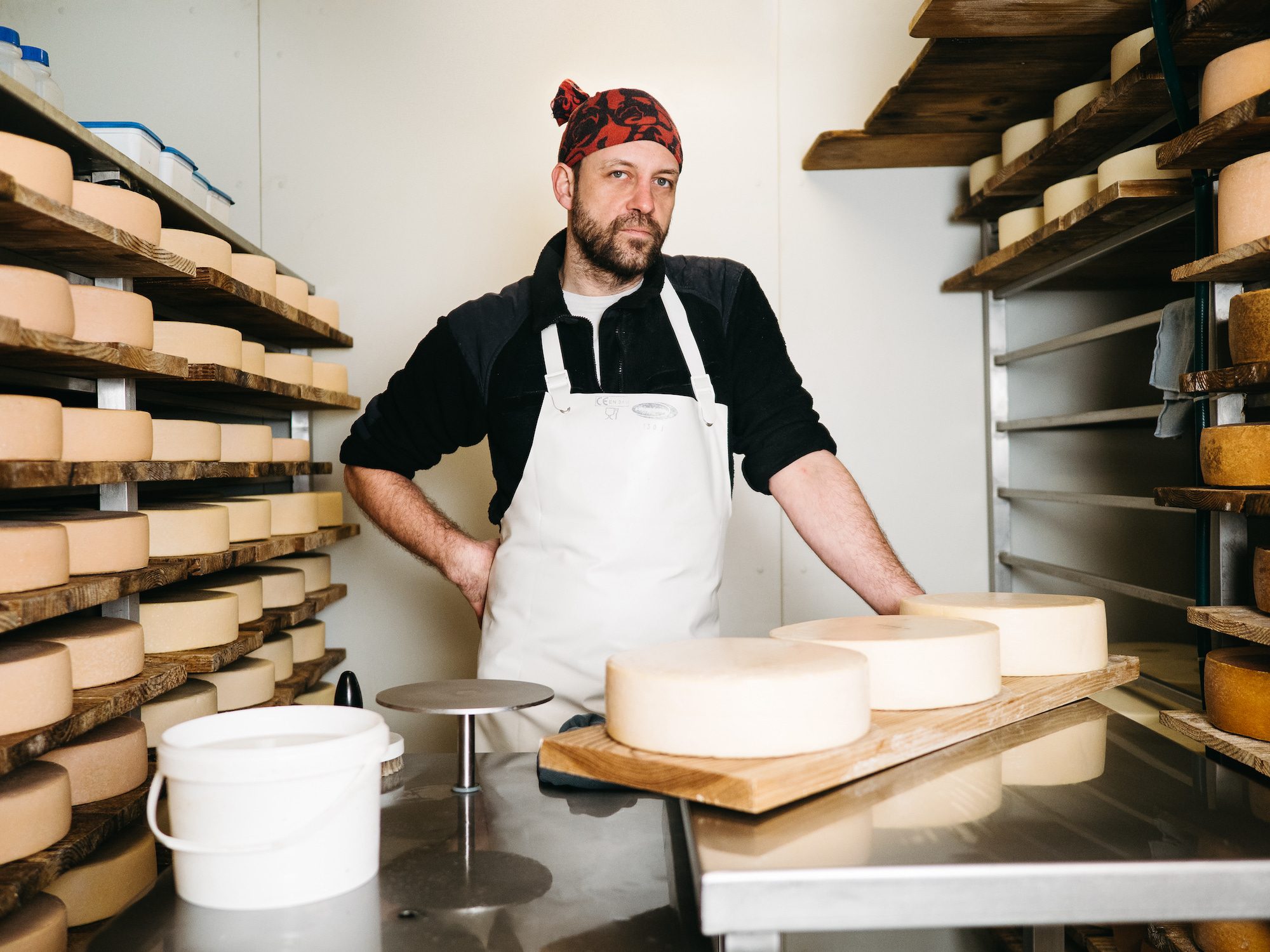Behind the Scenes with Cheese Makers Melbourne: Featuring Floridia Cheese
Behind the Scenes with Cheese Makers Melbourne: Featuring Floridia Cheese
Blog Article
Unlocking the Keys of Artisanal Cheese Making: A Step-by-Step DIY Overview
In the world of cooking workmanship, artisanal cheese making stands as a testimony to the fragile balance between practice and technology. As we get started on this trip to debunk the art of producing charming cheeses, we are faced with a tapestry of secrets and abilities waiting to be untangled.
Picking the Right Milk
When starting the trip of artisanal cheese production, the choice of milk plays a critical duty in determining the top quality and features of the last product. The type of milk picked affects the flavor, appearance, and generally profile of the cheese. Raw milk, right from the pet, is chosen by many artisanal cheesemakers as a result of its distinct blend of enzymes, bacteria, and taste substances. Nevertheless, using raw milk features risks and regulations, making pasteurized milk a safer option for beginners.
When picking milk for cheese making, it is essential to think about the fat content. Higher fat material in milk can result in a creamier and richer cheese, while reduced fat web content may bring about a drier and firmer structure. In addition, the source of the milk, whether from cows, goats, lamb, or buffalo, adds distinct flavors and characteristics to celebrity (Cheese Makers Melbourne). Each kind of milk brings its very own nuances, permitting a vast array of cheese ranges to be crafted based upon the chosen milk. Eventually, the choice of milk is a basic decision that sets the foundation for a successful artisanal cheese-making undertaking.
Culturing and Coagulating
To initiate the cheese-making process, the critical steps of culturing and coagulating have to be carefully performed to transform milk into curds and whey. Culturing includes introducing advantageous bacteria to the milk, which after that begins the fermentation process. These germs convert lactose (milk sugar) into lactic acid, creating the acidic setting essential for coagulation. The kind of culture used can substantially affect the flavor, texture, and ripening of the last cheese item.

The timing and temperature control during culturing and coagulation are crucial variables that affect the final result of the cheese. Proper implementation of these steps is necessary to ensure the wanted appearance, flavor, and uniformity of the artisanal cheese being produced.
Draining and Pushing Curds
After the milk healthy proteins have actually coagulated and the curds have been reduced to release whey, the next critical step in artisanal cheese making includes draining pipes my response and pushing the curds to achieve the desired structure and uniformity of the last cheese item. The time for draining can vary depending on the type of cheese being made and the preferred dampness web content.
Once the curds have adequately drained pipes, the following action is pushing. Pushing aids eliminate any staying whey and compacts the curds straight from the source to form a solid cheese wheel. Pushing can be done using specialized cheese presses that apply consistent and gentle pressure over a period of time. The duration and pressure applied during pressing will influence the final texture of the cheese, from soft and velvety to tough and company. Correct draining pipes and pushing are crucial steps that considerably influence the quality and characteristics of the artisanal cheese being produced.
Aging and Flavor Strategies
Executing thorough aging and flavoring methods is essential in boosting the deepness and intricacy of artisanal cheeses, elevating their taste accounts to splendid degrees of refinement and class. Aging plays a crucial function in creating the distinct flavors and appearances that distinguish artisanal cheeses.
Flavoring methods additionally add considerably to the final preference of artisanal cheeses. Cheesemakers might choose to introduce extra tastes by including active ingredients such as herbs, spices, and even fruits right into celebrity during the production process. Furthermore, some cheeses are washed or massaged with different fluids, such as salt water or alcohol, to enhance their tastes and appearances.
Covering and Saving Cheeses

Final Thought
In final thought, grasping the art of artisanal cheese making entails meticulously selecting the right milk, following accurate culturing and coagulating procedures, draining and pressing curds properly, and utilizing numerous aging and flavor strategies. Bear in mind to wrap and save your cheeses correctly to make sure optimum flavor and appearance advancement.
Each kind of milk brings its very own subtleties, allowing for a large array of cheese varieties to be crafted based on the picked milk.After the milk healthy proteins have actually coagulated and the curds have been reduced to release whey, the following essential step in artisanal cheese making involves draining pipes and pushing the curds to accomplish the preferred structure and consistency of the last cheese item. A lot of cheeses must be wrapped in wax paper or cheese paper to allow them to take a breath while shielding them from drying out. For cheeses that require to continue aging, such as bloomy rinds or cleaned skins, guarantee they are stored in an amazing atmosphere like a cheese cave or a fridge set to the suitable temperature. By paying focus to the covering and storage of artisanal cheeses, cheese manufacturers and enthusiasts can preserve the stability of these specials and completely appreciate their complicated tastes.
Report this page